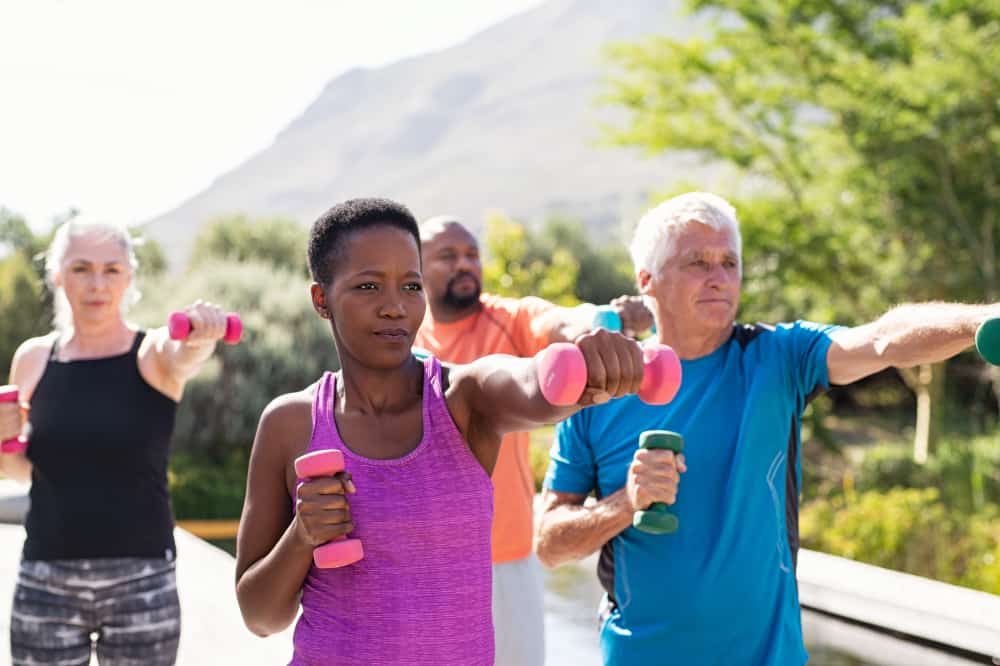Regular exercise is one of the best things you can do for your health. Exercise is an important part of a healthy lifestyle. Exercise prevents health problems, builds strength, boosts energy, and can help you reduce stress. It can also help you maintain a healthy body weight and curb your appetite. People who exercise tend to have improved immune and digestive functioning, better blood pressure and bone density, and a lower risk of Alzheimer’s disease, diabetes, obesity, heart disease, osteoporosis, and certain cancers. Enhances mobility, flexibility, and balance. Let’s explore what are the best home exercises for seniors.
A recent Swedish study found that physical activity was the number one contributor to longevity, adding extra years to your life, even if you don’t start exercising until your senior years. But getting active is not just about adding years to your life, it’s about adding life to your years. Getting moving can help boost your energy, maintain your independence, protect your heart, and manage symptoms of illness or pain as well as your weight. Regular exercise is also good for your mind, mood, and memory. Everyone can benefit from physical activity. For most people, it is possible to begin exercising on your own at a slow pace.

1. How much exercise do I need?
Seniors age 65 and older should get at least 2.5 hours of moderate aerobic exercise (such as brisk walking) every week. That averages out to about 30 minutes on most days of the week. Or you should get 1 hour and 15 minutes of vigorous exercise (such as jogging) each week. A good goal is to exercise 5 times a week for at least 30 minutes each time. However, most people need to start gradually. Start by exercising 2 or 3 times a week for 20 minutes at a time.
Once you feel comfortable, slowly increase the amount of time and the number of days a week that you exercise.How hard do I have to exercise to gain health benefits? Even small amounts of exercise are better than none at all. Start with an activity you enjoy and can do comfortably. Learn to take your pulse and calculate your target heart rate (about 80% of your “maximum heart rate”). As you become used to exercising, try to exercise within your target heart rate zone so that you get the most benefit.
